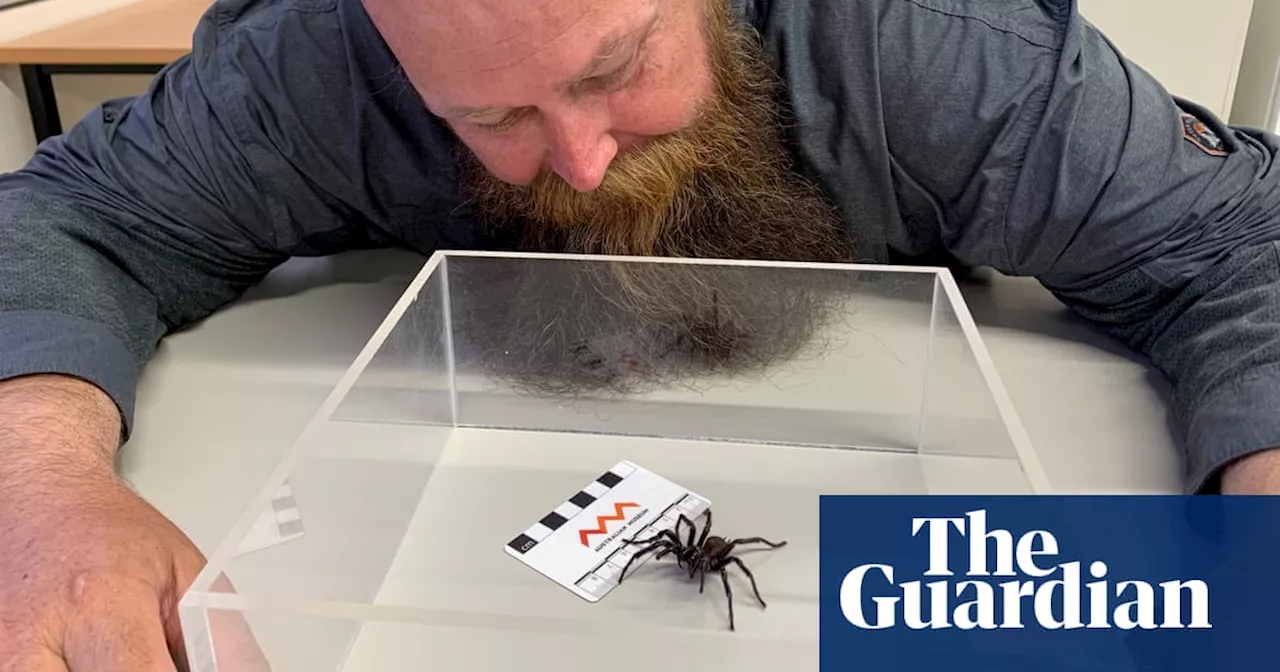Kane Christensen, a spider enthusiast and former head of spiders at the Australian Reptile Park, has helped discover a new species of Funnel-Web Spider called the Newcastle funnel-web. This larger species, found mainly around Newcastle, has distinct differences in its appearance, particularly its reproductive organs, compared to the Sydney funnel-web spider. Scientists believe the Newcastle funnel-web is a much rarer species and are keeping its exact locations secret for conservation purposes.
Kane Christensen, spider enthusiast and former head of spiders at the Australian Reptile Park, looks at a new species of Funnel Web Spider namedKane Christensen, spider enthusiast and former head of spiders at the Australian Reptile Park, looks at a new species of Funnel Web Spider namedKane Christensen’s passion is an arachnophobe’s nightmare.
“Even though they were almost identical morphologically, what was originally described with this other name is a different species,” says Dr Bruno Alves Buzatto of Flinders University, a co-author of the paper reclassifying the spiders.The Newcastle funnel-web is “a very distinctive spider in terms of its evolutionary history”, says Prof Kris Helgen, director of the Australian Museum Research Institute. It last shared a common ancestor with the Sydney funnel-web spider 17m years ago.
The spiders “don’t have a penis to directly transfer sperm from the male to the female,” Buzatto says. “They use these things that we call copulatory bulbs,” which are located on the spiders’ pedipalps – miniature leg-like appendages at the front of their face.The copulatory organ on the Newcastle funnel-web “looks totally different to everything else,” Christensen says.
What makes Sydney funnel-web venom so deadly is a group of peptides called delta-atracotoxins, which can cause muscle fasciculations, respiratory and circulatory failure in humans. “The peptides are quite active against insects but coincidentally happen to knock primates around in a big way,” Wilson says.Female Sydney funnel-webs are not nearly as dangerous because the delta toxin family isn’t found in their venom.
FUNNEL-WEB SPIDER NEW SPECIES AUSTRALIA VENOM CONSERVATION
United States Latest News, United States Headlines
Similar News:You can also read news stories similar to this one that we have collected from other news sources.
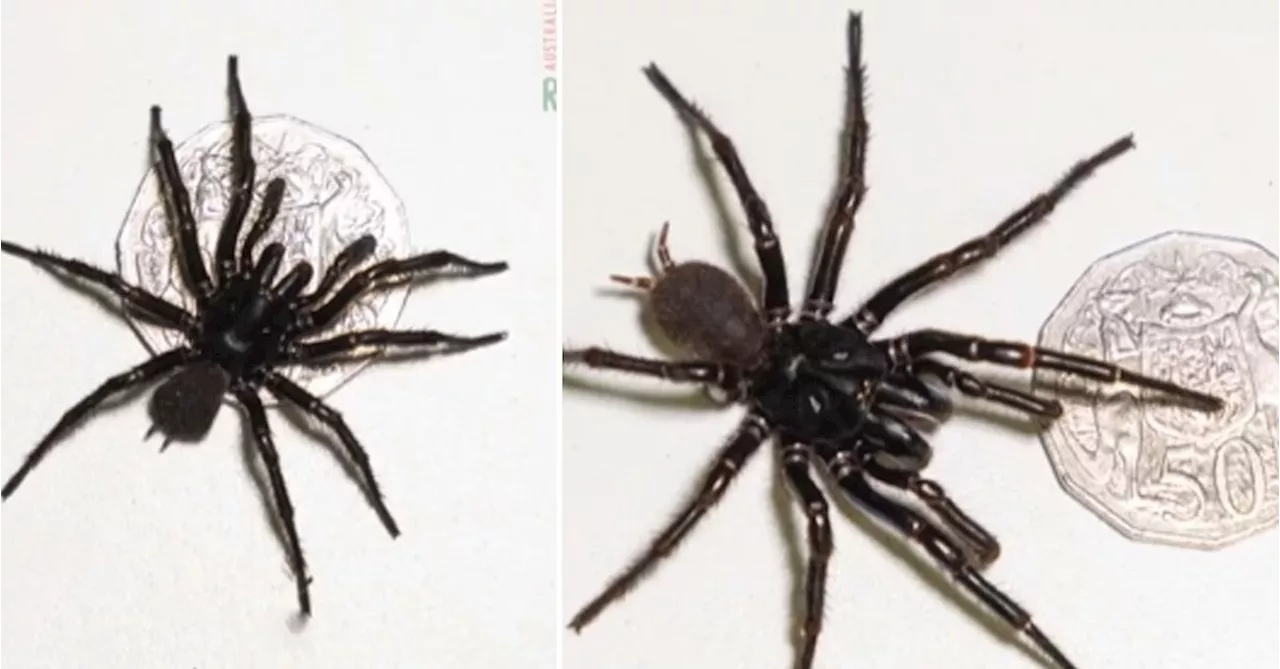 Australian Reptile Park Welcomes Record-Breaking Funnel Web SpiderThe Australian Reptile Park has unveiled Hemsworth, the largest funnel web spider they've ever encountered, measuring a whopping 9.2cm from leg to leg. Hemsworth, a male, was donated to the park's anti-venom program and will play a vital role in producing life-saving antivenom. Residents are advised to check their homes for spiders, especially in areas like laundries and garages, and to safely capture and donate any funnel webs found.
Australian Reptile Park Welcomes Record-Breaking Funnel Web SpiderThe Australian Reptile Park has unveiled Hemsworth, the largest funnel web spider they've ever encountered, measuring a whopping 9.2cm from leg to leg. Hemsworth, a male, was donated to the park's anti-venom program and will play a vital role in producing life-saving antivenom. Residents are advised to check their homes for spiders, especially in areas like laundries and garages, and to safely capture and donate any funnel webs found.
Read more »
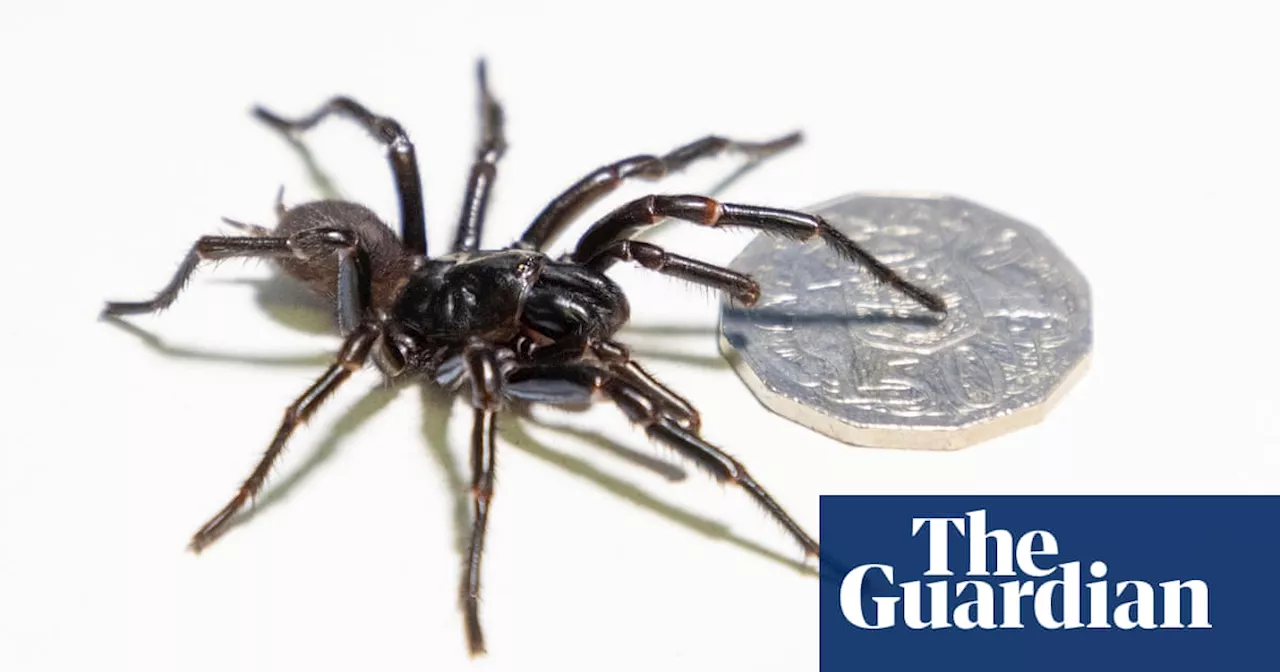 Meet Hemsworth: The Largest Male Funnel-Web Spider Ever RecordedThe Australian Reptile Park has welcomed Hemsworth, a record-breaking male funnel-web spider, measuring a remarkable 9.2cm from foot to foot. This enormous spider surpasses previous record holders Hercules and Colossus, highlighting the incredible size variations within this species.
Meet Hemsworth: The Largest Male Funnel-Web Spider Ever RecordedThe Australian Reptile Park has welcomed Hemsworth, a record-breaking male funnel-web spider, measuring a remarkable 9.2cm from foot to foot. This enormous spider surpasses previous record holders Hercules and Colossus, highlighting the incredible size variations within this species.
Read more »
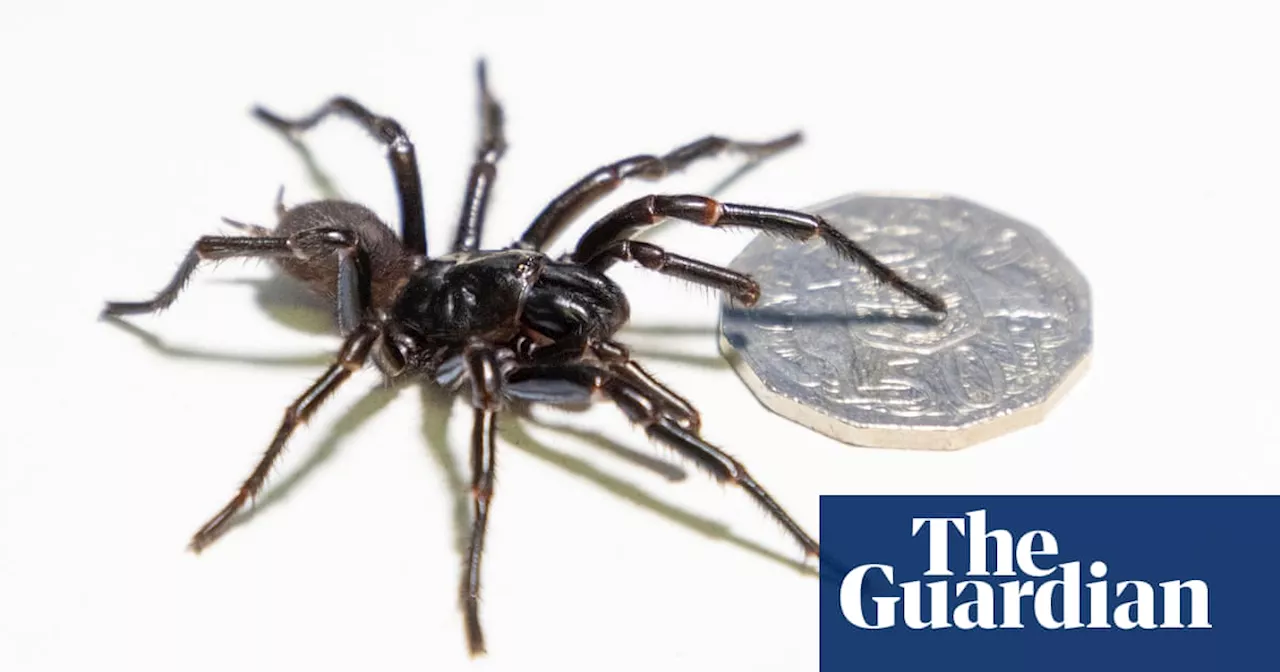 Meet Hemsworth, the Record-Breaking Funnel-Web SpiderThe Australian Reptile Park has a new star resident: Hemsworth, a giant male funnel-web spider believed to be the largest ever recorded at 9.2cm. Captured near Newcastle, Hemsworth will join the park's lifesaving anti-venom program.
Meet Hemsworth, the Record-Breaking Funnel-Web SpiderThe Australian Reptile Park has a new star resident: Hemsworth, a giant male funnel-web spider believed to be the largest ever recorded at 9.2cm. Captured near Newcastle, Hemsworth will join the park's lifesaving anti-venom program.
Read more »
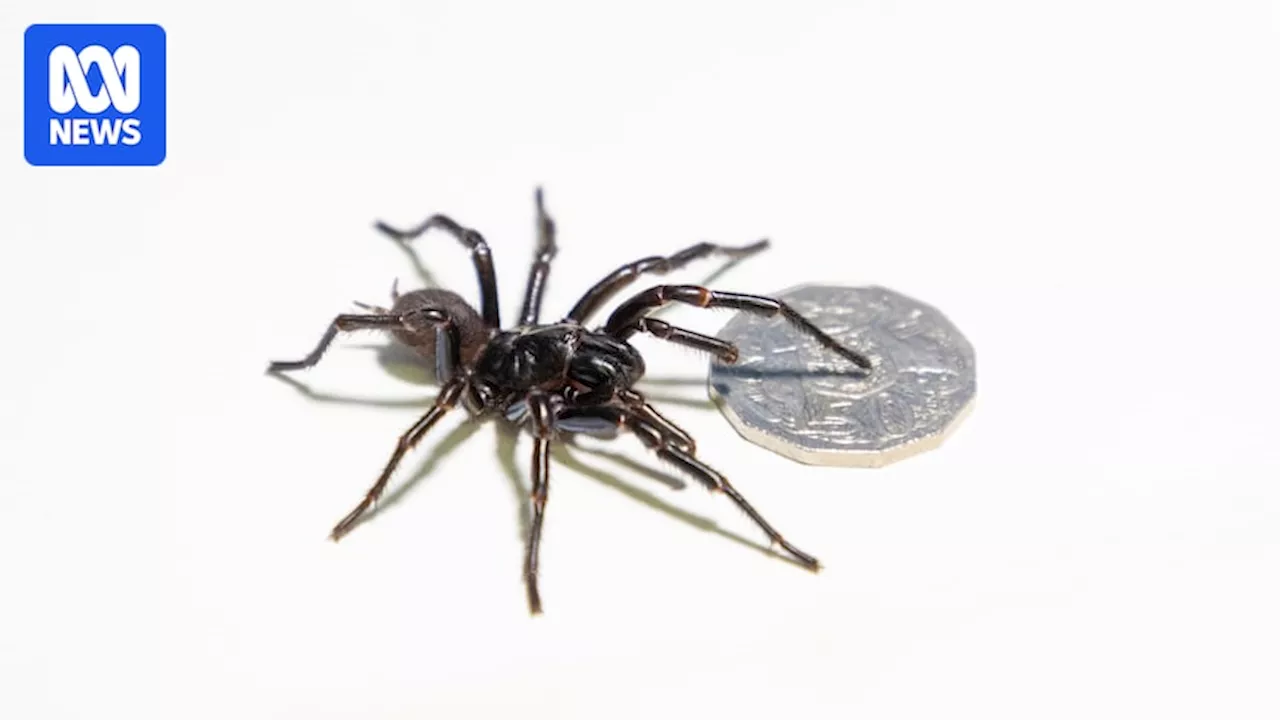 Record-Breaking Funnel-Web Spider Donated to Australian Reptile ParkThe Australian Reptile Park receives its largest funnel-web spider ever, named Hemsworth after the Hemsworth brothers. This massive male spider will have its venom extracted to produce life-saving antivenom.
Record-Breaking Funnel-Web Spider Donated to Australian Reptile ParkThe Australian Reptile Park receives its largest funnel-web spider ever, named Hemsworth after the Hemsworth brothers. This massive male spider will have its venom extracted to produce life-saving antivenom.
Read more »
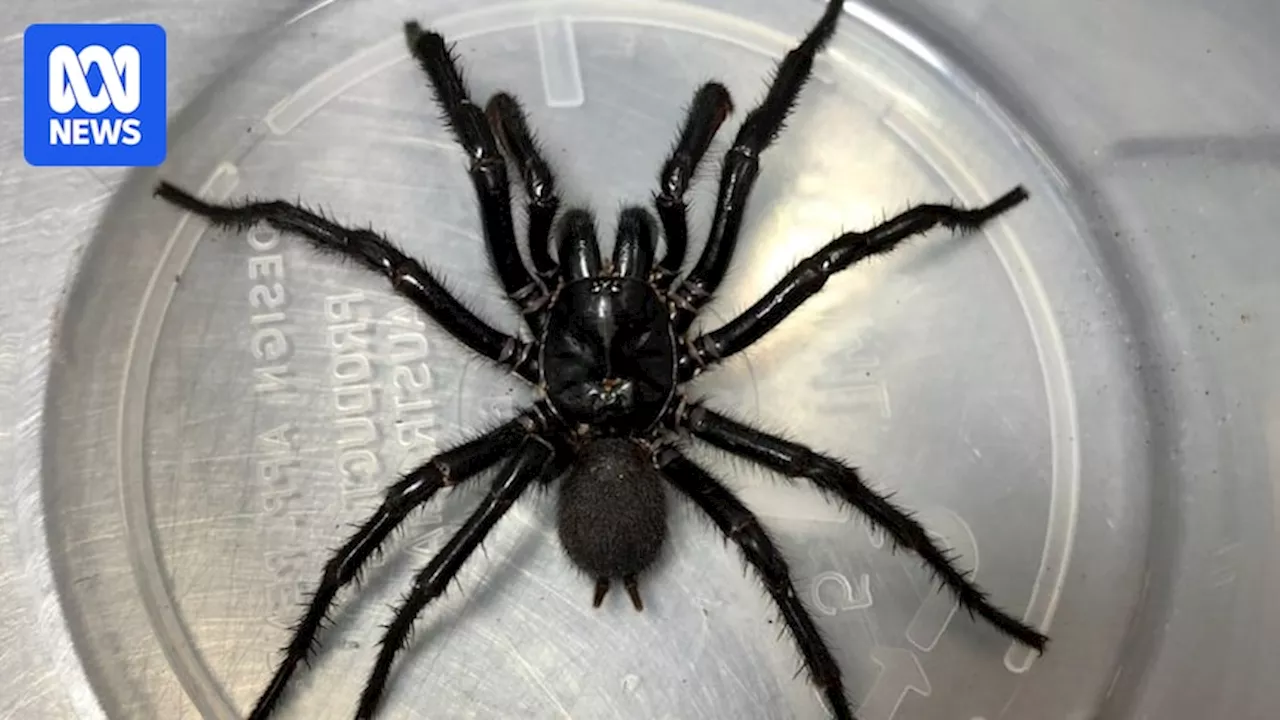 Sydney Funnel-Web Spiders Are Actually Three SpeciesScientists have confirmed what they suspected for decades: Australia's most famous and deadly spider, the Sydney funnel-web, is actually three distinct species. The largest and most venomous species calls Newcastle home. This discovery has significant implications for understanding these spiders and their venom.
Sydney Funnel-Web Spiders Are Actually Three SpeciesScientists have confirmed what they suspected for decades: Australia's most famous and deadly spider, the Sydney funnel-web, is actually three distinct species. The largest and most venomous species calls Newcastle home. This discovery has significant implications for understanding these spiders and their venom.
Read more »
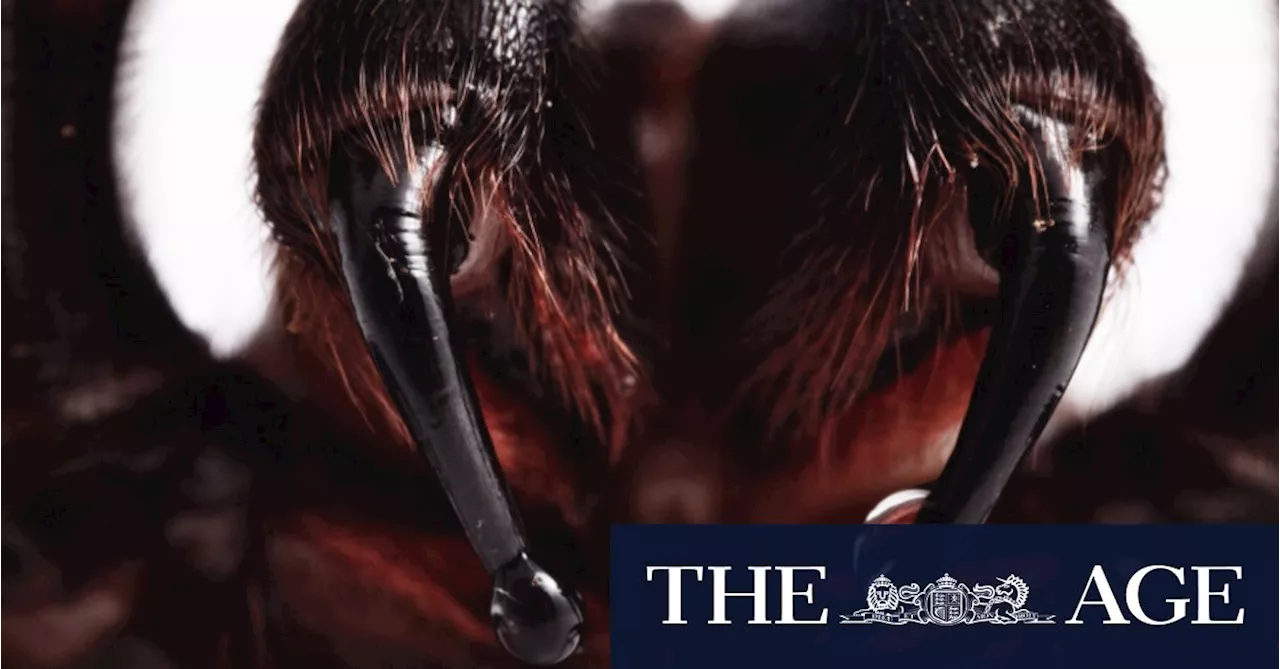 A new species of Sydney funnel web has been discoveredThe world’s most dangerous spider just got deadlier. And they’re on the move, with a baby already bitten this season.
A new species of Sydney funnel web has been discoveredThe world’s most dangerous spider just got deadlier. And they’re on the move, with a baby already bitten this season.
Read more »
